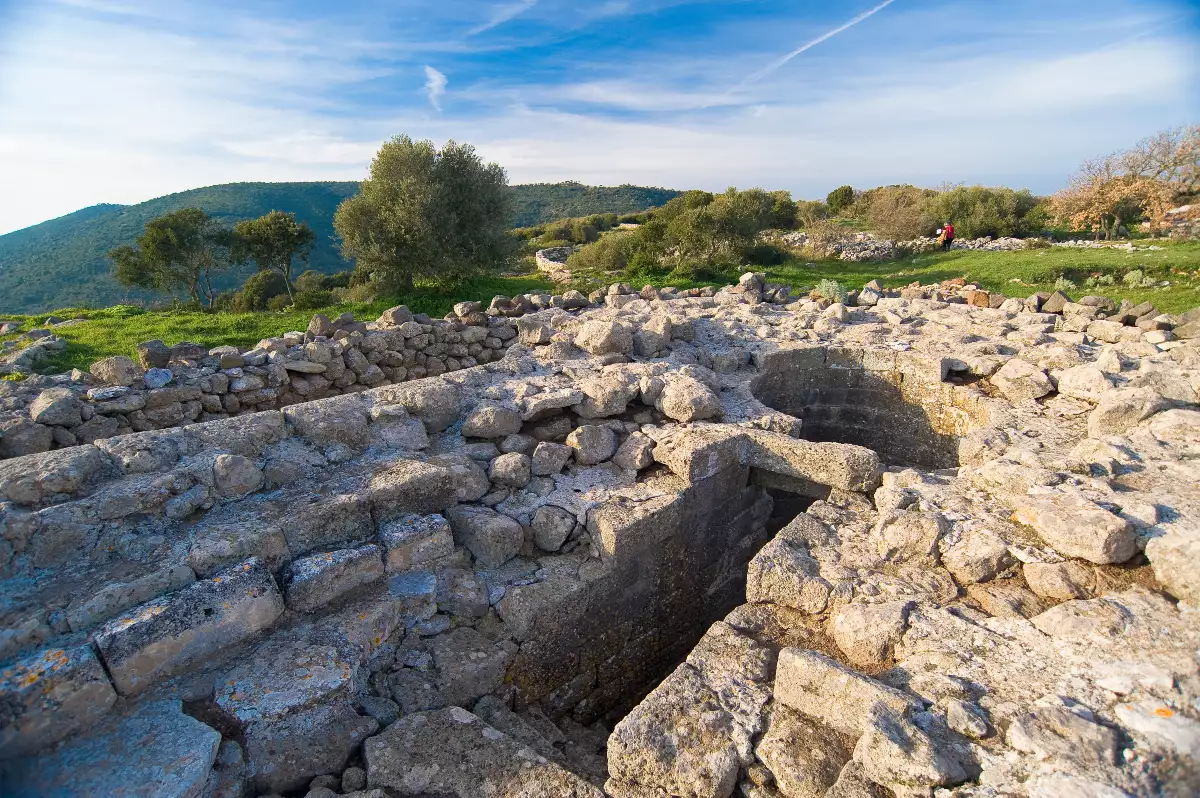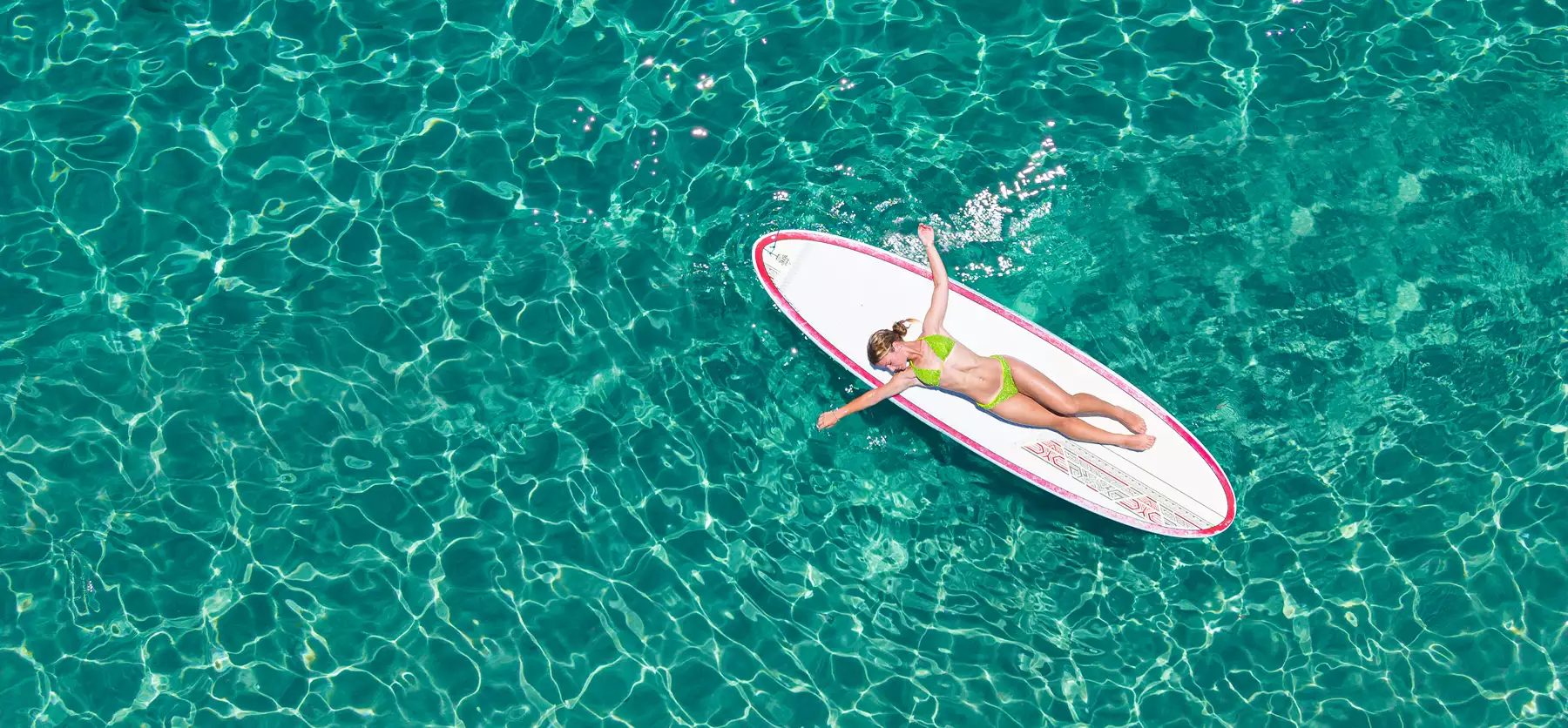Ichnusa or Sandàlion: these were the two names the Greeks used to refer to Sardinia. The meanings? Footprint and sandal, respectively, due to the shape that reminded them of footwear. A land originally explored by the greatest seafaring civilizations, steeped in history. Not everyone knows that Sardinia offers much more than its beautiful coastline: thanks to its strategic location in the center of the Mediterranean Sea, the island has been, since time immemorial, an important stopover for sailors seeking new trade routes. From the Phoenicians to the Carthaginians and later the Romans, many ancient civilizations from the other shores of the Mediterranean arrived to build their centers on the flourishing lands of Sardinia.
Discerning travelers will not want to miss its most captivating sites: here’s a brief guide tailored to exploring the historical and archaeological points of interest in Villasimius.
Archaeological Museum
Today, the testimony of past peoples is vivid and palpable in every corner of Sardinia, as in the memories of Villasimius. If you have chosen the wonderful gem of the South as the destination for your vacation, one of the first stops to visit is the Archaeological Museum. It is located in a characteristic 19th-century rural house and collects archaeological evidence from the Villasimius region from the Nuragic Age to the Middle Ages. Exploring the four rooms, you can travel through the centuries, admiring artifacts that narrate the history of the small town.
Phoenician Site of Cuccureddus
One of the museum’s rooms is dedicated to the finds discovered at the Sanctuary of Cuccureddus, the settlement on the beach of the same name, near the Rio Foxi. In a private area, the remains of the ancient settlement, founded by the Phoenicians and later reused by the Punics and Romans, are preserved. Surprisingly, the Phoenician site remained intact even due to the ancient fire that destroyed it, paradoxically contributing to its preservation at the time of its destruction.
Cavoli Island
In the stretch of sea along Cavoli Island, famously windy, many ships have wrecked over the centuries. Particularly fascinating is the exhibition at the Archaeological Museum dedicated to the underwater discoveries of the wreck of an Aragonese ship carrying “azulejos,” characteristic white and blue enamel tiles. An excursion not to be missed is the one that skirts Cavoli Island itself, where in the depths of the sea, surrounded by fish and corals, resides the Madonna del Naufrago, the statue sculpted in 1979 by the Sardinian artist Pinuccio Sciola. Every year, in the third week of July, with a suggestive procession of flower-covered boats, the town’s priest submerges himself at the feet of the Madonna, reciting the ritual prayer for the souls of the unfortunate sailors lost at sea.
Giant’s Tombs, Domus de Janas, Nuraghi
As mysterious as the legends that surround them, the monuments of the Nuragic era are an indispensable symbol of Sardinian identity. Traces of ancient peoples who inhabited the island for millennia are scattered throughout the entire island. In the Villasimius area, the presence of Giant’s Tombs, Domus de Janas, nuraghi, and Phoenician-Punic remains attest to the ancient origin of human presence in the area. And then there are the historic coastal towers that dominate the landscape, a testament to the Spanish hegemony in Sardinia, all easily reachable through scenic walks in nature, amidst unforgettable views of the crystalline sea and Mediterranean scrub.
An enigmatic and wild soul, the secret treasure for history and archaeology enthusiasts worldwide: are you ready for a dive into the past and present?



